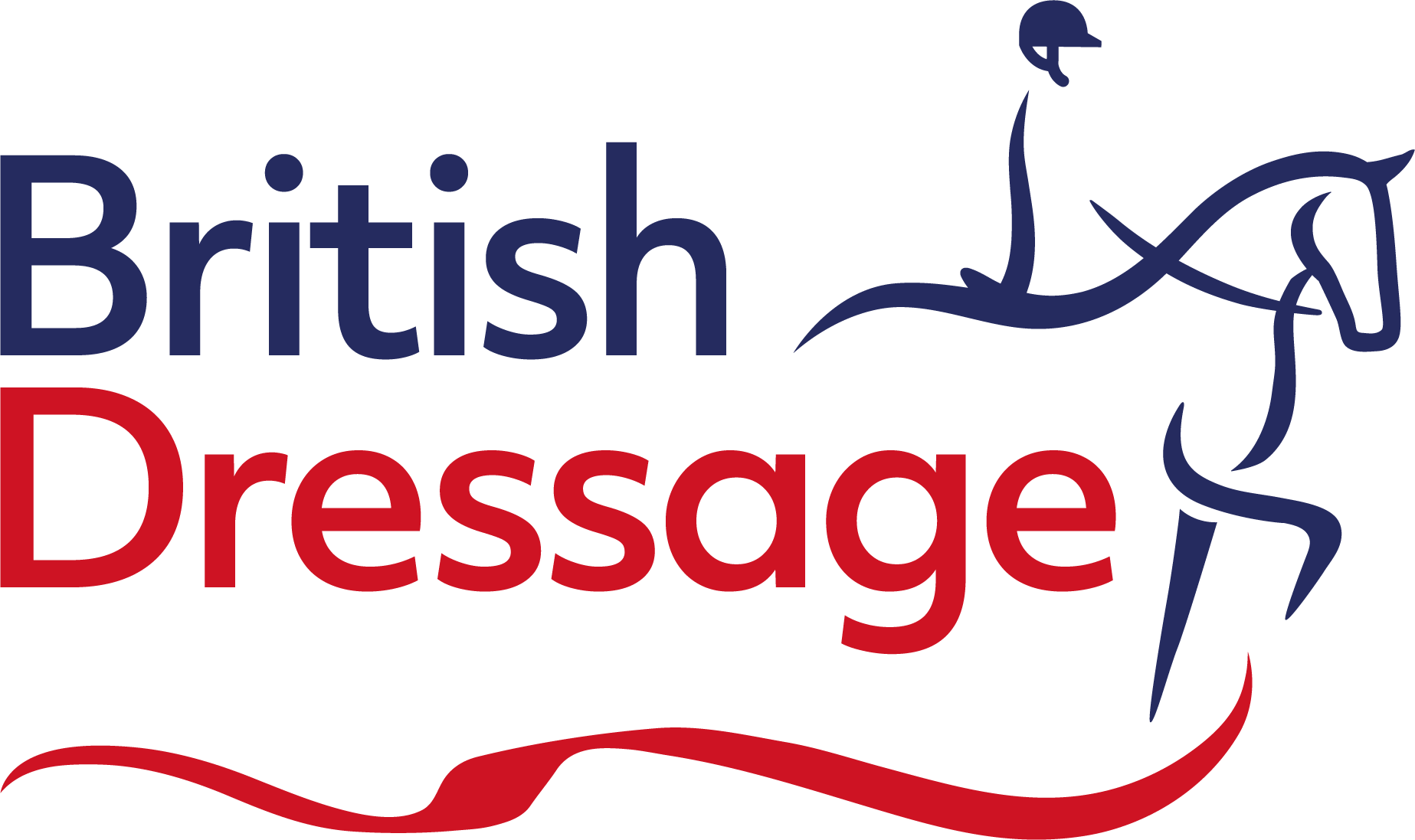Wellbeing & First Aid
Care for your horse's welfare with top tips and hot topics from professionals.

Understanding how to take care of your horses wellbeing is a vital piece of information not only for their general health but it is important to keep a track of for physio, vet and farrier visits. Improve your knowledge of horse health and welfare by watching these short videos.
How to condition score your horse
Knowing a horse’s bodyweight is useful for calculating their nutrient requirements, however, since there are currently no defined methods for calculating the ‘correct’ weight for a particular horse, bodyweight is of little use in assessing the current physical status of an animal ie. whether the horse over or underweight. For this reason, monitoring condition may be considered a more useful tool as it can give an immediate indication of the current physical state of an animal, which is more practically useful for the management of feeding and exercise regimes. Find out more on how to condition score your horse below.
Horse weight management
When it comes to horses, maintaining a healthy weight is key to overall wellbeing. Being over or underweight can cause a whole range of problems from issues with your horse's hooves to problems with their hearts so it's essential to keep an eye on your horse's weight. Petplan Equine has provided some tips on how to assess and measure your horse's weight as well as preventative steps you can take to keep your horse happy and healthy.
Worming your horse
Controlling worm burdens in horses is an important part of every owner's horse care routine. Petplan Equine veterinary experts Gil Riley and Juliette Edmonds discuss why worms can be dangerous and how best to manage them.
A guide to leg protection
Lameness is one of the most common reasons why your horse might need to see a vet. To help prevent this problem in the first place, Petplan Equine spoke to veterinary physiotherapist Hayley Marsh shares her practical tips on caring for your horse’s limbs.
How to weight a horse using a weight tape
Dengie nutritionists Katie Williams and Claire Akers talk you through weigh taping a horse including how to position the weigh tape correctly.
Equine First Aid
Petplan Equine veterinary expert Gil Riley explains how you can help your horse in a crisis, before the vet arrives. No matter how well you manage your horse, accidents can still happen. So, it is important that you feel prepared and know how to provide equine first aid in a crisis.
Being able to identify certain problems and provide adequate equine first aid while awaiting the vet can help minimise suffering for both you and your horse. It will also reduce the likelihood of any complications that could result from delay. Learn more about what to look in your 'normal' horses behaviour, horse’s temperature, heart rate, respiration, how to dress a wound, deal with an injury to the foot, how to spot colic and what you should have in your first aid kit.




